Work in publicly funded organisations is often collaborative. It can involve internal and external contributors, or contributors at different levels of seniority, working together to develop a product iteratively. This process can be slow and cumbersome, particularly for substantial documents or artefacts. Without an agreed framework on which to build, there is a risk that one or more contributors could inadvertently drive the product toward a costly dead end.
The collaborative work of publicly funded organisations is typically informed by content experts. Collaboration efforts tend to have an early focus on content development as expertise is inevitably required for effective output. This may involve a conflation of research methods, where contributors work outward from sources rather than assess scope.
Contributors may feel pressured to dive, rather than wade, into content due to work volumes, aiming to finish a product as soon as possible. Limited access to decision makers to confirm the scope of work during early stages of collaboration may influence contributors to press ahead with developing content unchecked. Some people may also find it easier to engage with and understand fundamental ideas when they’re developed into content.
Forging ahead to develop content without clearly outlining and agreeing the scope of work with all relevant contributors carries a strong risk of both inconsistent content and effort. Contributors working without a clear outline of the scope of work may lose sight of the original goal and invite scope creep into their work. The more contributors that are involved on the work, the more this risk is amplified. Any work that contributors complete may also be missing a vital argument or information which was previously overlooked due to the lack of a clear outline. These issues will often result in rework, equating to a waste of effort and resources.
Reinforcing content proximity by diving into it, from a desire to quickly solve a piece of work, stops people from being agile and finding the ‘right’ solution.

Creating a ‘skeleton’—a high level structure or outline—before developing content helps to define the scope of work for all subsequent effort. Skeletons can be easily consumed and understood due to their brevity. A good skeleton is not too rigid: flexible enough to incorporate information discovered during content development. Skeletons will manifest in different forms depending on the work being developed, e.g. a skeleton may be a list of all proposed headings for a report, or a list of key questions for consultation.
A skeleton can be developed into a ‘zombie’, which is the structure fleshed out with core arguments for easy consumption. Zombies provide opportunities to capture and fix early gaps in logic, and allow decision makers the opportunity to quickly engage with content at an early stage and provide useful feedback.
A well-considered, agreed skeleton prevents scope creep and minimises wasted effort and resources, ensuring all contributors work toward the same goal within defined parameters. A skeleton helps contributors recognise any deviations from these parameters providing an early opportunity for them to be addressed and appropriately managed.
A succinct agreed zombie ensures all key components in a piece of work are captured and limits the risk of including ‘nasty surprises’ for decision makers when they begin to engage with the content. A good zombie will also ease pressure in drafting or finalising content, providing a strong foundation from which to work.
Early development of the ‘bones’ and ‘flesh’ helps with working in the right direction, preventing time and resources being spent heading to a dead end.
